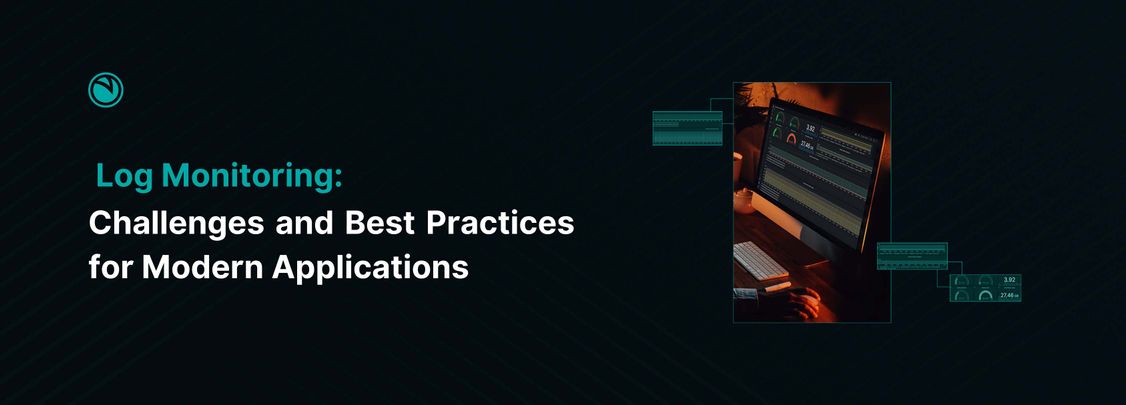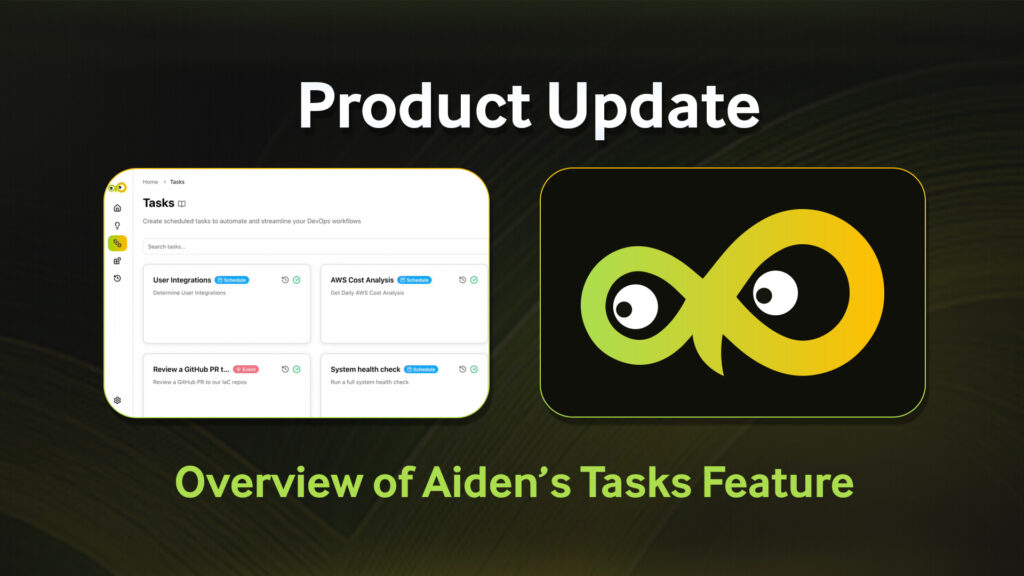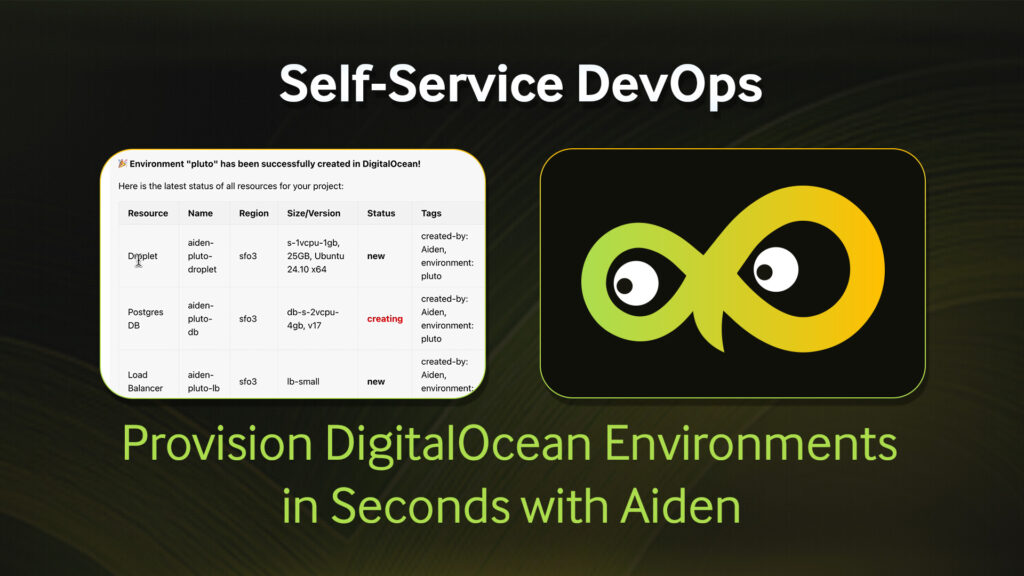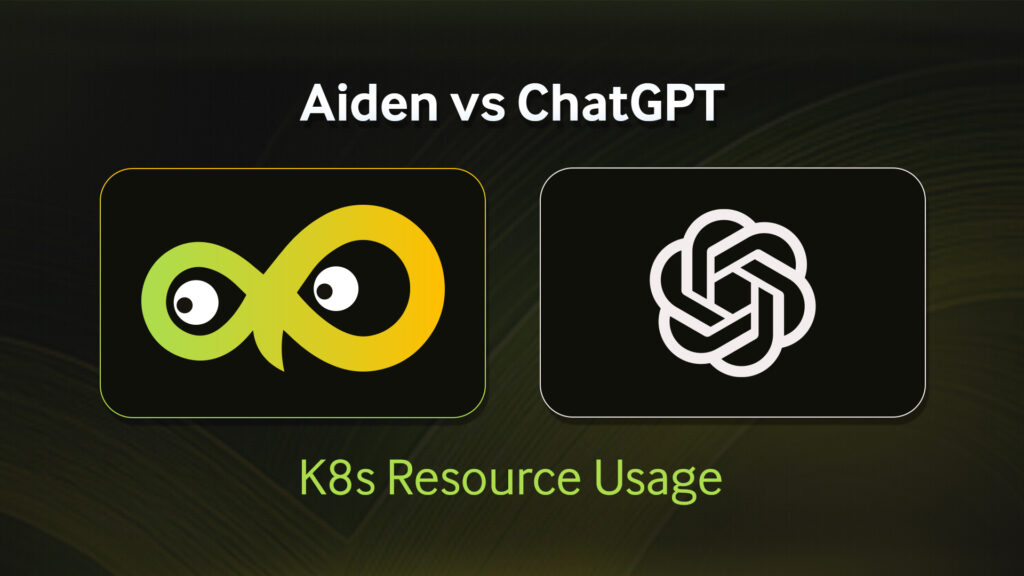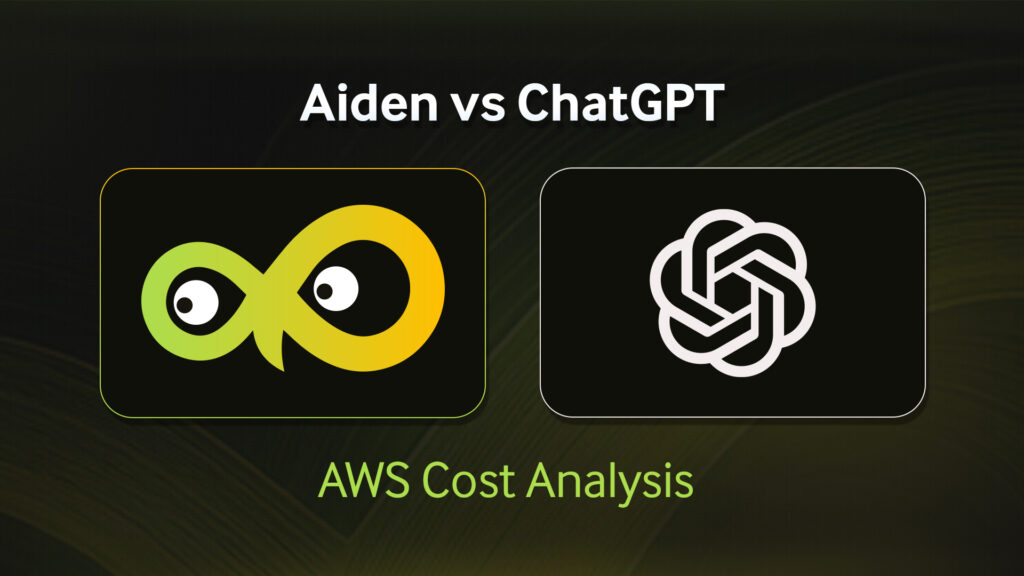Almost everyone acknowledges that log monitoring is essential for maintaining the reliability, security, and performance of modern applications. However, the complexities increase as organizations adopt diverse architectures to effectively manage the various log data challenges they encounter.
In our previous blog post, we discussed the significance of log monitoring alongside a few popular log monitoring tools available in the market today. In this one, we’ll turn our attention to some common log monitoring challenges and the best practices for overcoming them in the context of modern applications.
Challenges in Log Monitoring
1. Log Volume: Balancing Observability and Cost
With the increasing use of technologies like microservices, containers, and cloud-native systems, modern applications generate an unmanageable amount of log data. On top of that, every microservice, deployment, and updation generates its own logs, too. With a cloud-native infrastructure, applications can scale up and down on demand, which means logs can be generated at every instance of an app running.
While comprehensive log data is essential for maintaining observability and detecting issues, storing and processing large volumes of logs can strain infrastructure resources and inflate operational costs.
2. Navigating Complexity: Diverse Log Formats, Sources, and Log Correlation
The complexity of modern applications is, in and of itself, a significant challenge for log monitoring. Organizations have to deal with diverse log formats, distributed architectures, and dynamic infrastructures. Integrating and correlating logs from different sources can also be frustrating. Furthermore, log correlation lies at the heart of effective log monitoring, giving IT and DevOps teams the power to identify patterns, detect anomalies, and gain actionable insights from diverse log sources. It goes without saying that extracting any sort of meaningful correlation amidst this noise of log data could be a very, very challenging task.
If you’re monitoring logs from an e-commerce website, for example, chances are you’re more than likely perusing logs from web servers, databases, and payment gateways. Each log contains a wealth of information, but it’s easy to get overwhelmed by the sheer quantity of data. Finding meaningful correlations with that amount of data can feel like finding a needle in a haystack. The challenge lies in distinguishing between important signals and irrelevant noise.
Furthermore, with siloed log data, it gets harder to identify the root causes of issues. Troubleshooting can become cumbersome, leading to increased mean time to resolution (MTTR) for incidents.
3. Alerting and Notifications: Fatigue and False Positives
As mentioned above, the sheer amount of alerts generated by log monitoring systems can lead to a number of undesirable outcomes, including alert fatigue.
- False positives: One of the primary contributors to alert fatigue is the prevalence of false positives — alerts that indicate issues that are not actually significant or actionable. False positives can result from misconfigured alerting rules, transient network issues, or benign fluctuations in application behavior. Constantly dealing with false alarms can erode trust in the alerting system and leads to complacency.
- Redundant alerts: In complex systems, a single underlying issue can trigger multiple alerts across different components or layers of an application. While redundancy is important for ensuring that critical events aren’t overlooked, too much redundancy can bombard engineering teams with redundant alerts, contributing to alert fatigue.
- Lack of context: Efficient alerting requires sufficient context. Without adequate context like correlated logs, metrics, or any contextual information, engineering teams may struggle to prioritize and respond to alerts effectively, further leading to alert fatigue.
4. Safeguarding Sensitive Data: Ensuring Privacy and Security
With great log data comes greatly sensitive information, including personally identifiable information (PII), authentication credentials, and proprietary business data. Protecting this data from unauthorized access is necessary for businesses to maintain regulatory compliance.
Log data is dynamic and constantly changing, rendering static security measures a suboptimal choice for protection. Sensitive information may appear in various forms, such as IP addresses, usernames, credit card numbers, or customer identifiers. Detecting and redacting this information in real-time requires sophisticated data scanning and masking techniques.
Best Practices for Effective Log Monitoring
1. Log Filtering
Not all log events are created equal. Filtering out noise and prioritizing critical events can help focus your attention on the most relevant information. Here are some key considerations and best practices for log filtering:
- Define filter criteria: Start by defining key criteria for filtering log events based on their relevance and importance to your organization’s objectives. This may include filtering based on severity levels (i.e. critical, warning, informational), event types (errors, warnings, audits), or specific keywords and patterns.
- Prioritize critical events: Prioritize critical events that require immediate attention, such as security breaches, system failures, or compliance violations. Set up filters to capture and alert on these high-priority events quickly, ensuring timely incident response and resolution.
- Reduce noise: Filter out unnecessary noise and low-priority events that do not require immediate action or attention. Exclude routine events, informational logs, or benign activities that do not impact system performance, security, or compliance.
- Fine-tune alert thresholds: Fine-tune alerting thresholds to strike a balance between detecting genuine issues and minimizing false positives. Adjust thresholds based on historical data, performance baselines, and organizational risk tolerance to optimize alert accuracy.
2. Monitoring Log Collection
A big part of monitoring the collection and forwarding of log data is keeping a close eye on the process of gathering logs from various sources and sending them to a central location for analysis. This process ensures that the collected log data is accurate, comprehensive, and dependable.
To achieve this, organizations can establish systems that continuously check the flow of log data and raise alerts if any issues occur. These alerts are triggered when problems arise, such as failures in collecting logs from specific sources, interruptions in network connections that prevent logs from being transmitted, or limitations in resources like storage or processing power that slow down the efficient handling of log data.
3. Log Compression
Log compression involves reducing the size of log files through data compression techniques. It helps with:
- Storage efficiency: Log files can consume significant amounts of storage space, especially in environments with high log volume or long retention periods. By compressing them instead, organizations can reduce storage requirements, leading to significant cost savings.
- Faster data transfer: Compressed log files require less bandwidth and time to transfer over networks, facilitating faster data transfer speeds. This is particularly beneficial for distributed environments or remote log collection scenarios where efficient data transmission is essential. Faster data transfer speeds enable real-time log monitoring and analysis, improving the responsiveness of log monitoring tools.
- Longer retention periods: By compressing log files, organizations can extend the retention periods of log data without significantly increasing storage requirements. Longer retention periods allow for historical analysis, trend detection, and compliance reporting, providing valuable insights into application behavior and performance over time.
4. Log Aggregation
Group logs from multiple sources into a centralized repository or log management platform. Doing so enables the comprehensive analysis and correlation of log events. Aggregated log data supports real-time monitoring and analysis, enabling organizations to detect and respond to critical events as they occur. By ingesting and processing log data in real-time, log aggregation tools such as Logstash can trigger alerts, notifications, or automated actions based on predefined criteria.
Log aggregation facilitates compliance with regulatory requirements and audit trail mandates by centralizing log data and providing immutable records of system activities. Organizations subject to industry regulations like GDPR, HIPAA, PCI DSS, and SOX can use log aggregation platforms to maintain comprehensive audit trails, demonstrate compliance, and respond to regulatory inquiries effectively.
5. Structured Logging
Unlike traditional plain-text logs, structured logs encase information in a predefined format, such as JSON or key-value pairs, providing a clear and uniform structure for each log entry. This simplifies log parsing and analysis, resulting in faster troubleshooting and correlation of events across systems. Structured logging helps with:
- Improved Readability and Searchability: Each log entry contains well-defined fields, such as timestamp, severity level, source, and message, making it easier for administrators and developers to interpret and analyze log data.
- Enhanced Parsing and Analysis: Traditional plain-text logs often require custom parsing logic to extract relevant information, leading to complexities and inconsistencies in log analysis. In contrast, structured logs simplify parsing and analysis workflows by providing a predictable schema for log entries. Automated parsing tools and libraries can effortlessly extract structured data fields, speeding up data processing.
6. Log Retention Policies
Define log retention policies based on regulatory requirements, compliance standards, and operational needs. Then determine the appropriate retention period for different types of log data, balancing storage costs with the need for historical analysis and audit trails.
For example, in a healthcare organization subject to HIPAA regulations, log retention policies must comply with stringent data retention requirements to ensure patient privacy and security. According to HIPAA, organizations must retain audit logs for a minimum of six years from the date of creation or last access. In this scenario, the log retention policy would specify a retention period of six years for audit logs containing sensitive patient information, such as access logs for electronic health records (EHR) systems. However, for less critical logs, such as application performance metrics, a shorter retention period might work. This way, organizations can effectively balance the need for historical data analysis with the need for managing storage expenses judiciously.
Log Monitoring and Observability
If achieving observability in your applications is the goal, then log monitoring is something you can’t afford to overlook. Observability is a measure of how well the internal state of an application can be determined based on its external output. This includes metrics, traces, and logs. It’s why log monitoring is one of the fundamental pillars of observability and a key capability of OpsVerse’s ObserveNow.
ObserveNow helps you effortlessly monitor logs from all of your systems and applications via a centralized platform powered by cutting-edge, open-source tools. With ObserveNow, you’ll not only monitor logs, but also metrics, traces, and events under one umbrella. Connect with our experts to discover how we can assist you with your log monitoring needs.

